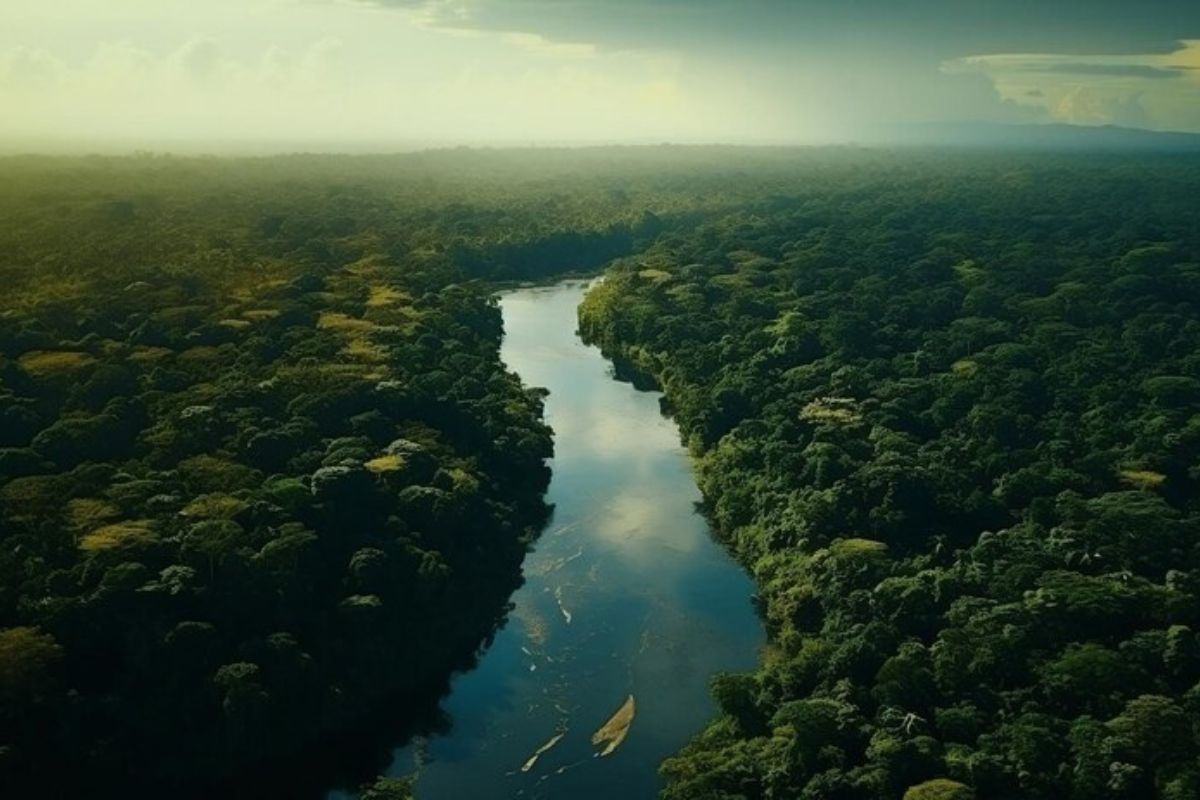
Are you ready for some mind-blowing facts about the Amazon River? We bet you probably don’t know them all!
The Amazon is the largest river in the world by volume. It mainly flows through Brazil in South America and covers the distance of 4,345 miles (7,062 kilometers) from the Andes Mountains to the Atlantic Ocean.
It is referred to as the ‘lungs of the Earth,’ and rightly so because of its vast and dense rainforest. It produces a significant amount of the world’s oxygen and is crucial to the planet’s climate and biodiversity.
The Amazon River is not just a natural wonder but a crucial part of Earth’s ecological balance. So, let’s learn 12 fascinating facts about the Amazon River!
12 Mind-Blowing Facts You Must Know About The Amazon River
Without further ado, let’s unpack the 12 fascinating facts about the Amazon River.
1. Unique Pink River Dolphins
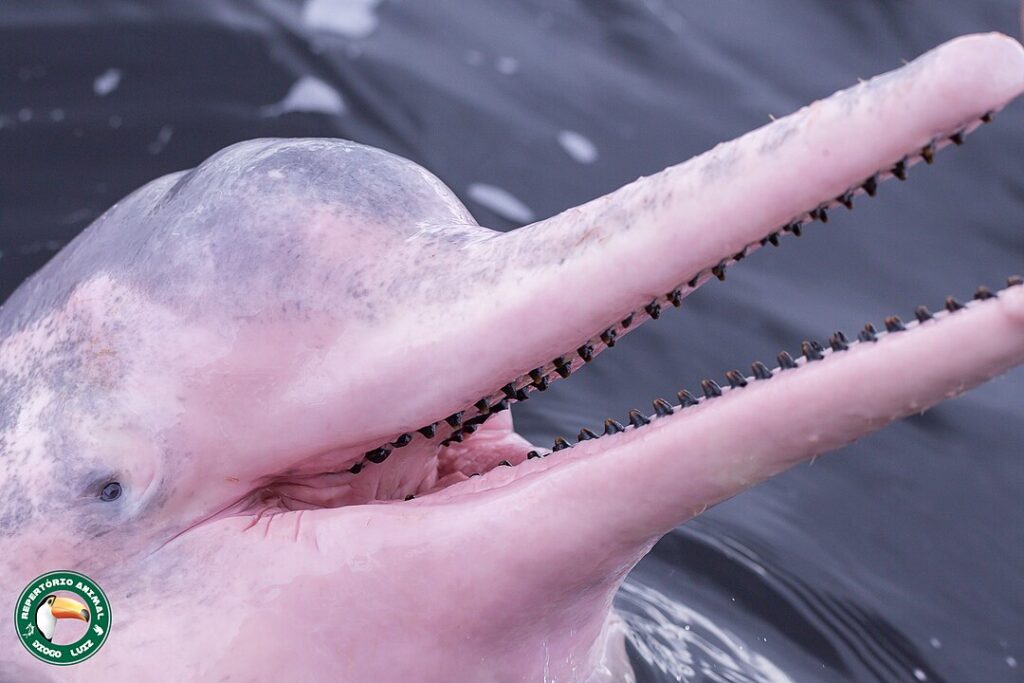
The Amazon is home to unique pink river dolphins. They are one-of-a-kind and truly a fascinating sight. Unlike their other oceanic cousins, these freshwater dolphins can appear pink due to blood vessels near their skin.
They are incredibly intelligent and also have flexible necks. This lets them navigate the flooded forests effortlessly. However, due to the pollution of the river, the population of dolphins is depleting and they are considered endangered species.
2. Goes Through Seasonal Changes
Did you know? The Amazon River goes through dramatic seasonal changes.
For instance, during the rainy season, the river can rise to 40 feet (12 meters) and flood the surrounding rainforest. This creates temporary wetlands and provides essential nutrients to the ecosystem.
In the dry season, the water levels drop significantly and the riverbanks and islands get exposed. These fluctuations are crucial for the life cycles of many plant and animal species in the Amazon.
3. Passes Through A Few Countries
The Amazon River and its tributaries flow through, not one, not two but ten different countries. They are Peru, Ecuador, Colombia, Venezuela, Guyana, Suriname, French Guiana, Brazil, and Bolivia.
It begins in the Andes Mountains of Peru, travels through Colombia and Brazil, and finally empties into the Atlantic Ocean.
4. Freshwater Ocean
The point where the Amazon River waters join the Atlantic Ocean is sometimes referred to as a freshwater ocean. This is because the Amazon discharges such a massive volume of freshwater—about 209,000 cubic meters (7.4 million cubic feet) per second—that it can be detected up to 100 miles (160 kilometers) from the shore.
Hence, it creates a distinct boundary where the river’s freshwater dilutes the saltwater of the Atlantic.
5. Had A Different Name
Before it got the name Amazon, the river was known by different names in various indigenous languages and by early explorers. One notable name was “Rio Marañón,” and this was used by the Spanish explorers. It means the river’s source in the Marañón Basin.
The name “Amazon” itself comes from the Greek mythology term “Amazons,” a reference to the warrior women, inspired by the stories of indigenous tribes encountered by explorers like Francisco de Orellana in the 16th century.
6. Giant River Otters
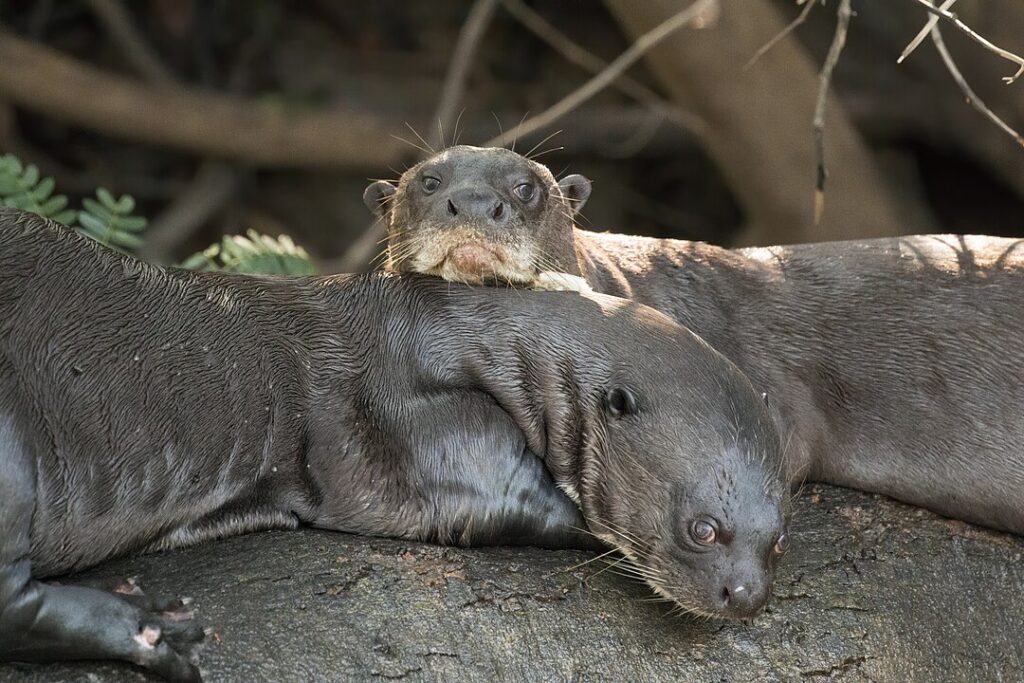
The Amazon River is also home to Gaint River Otters that can grow up to 6 feet (1.8 meters) long, including their tails. They are the largest otter species across the globe.
The Amazon Otters lead a social life and are known to be great hunters where they feed on fish, small mammals, etc. Their presence is a sign that our aquatic ecosystem is still healthy. However, there is a threat of habitat loss and population that’s looming.
7. Humongous Rainforest
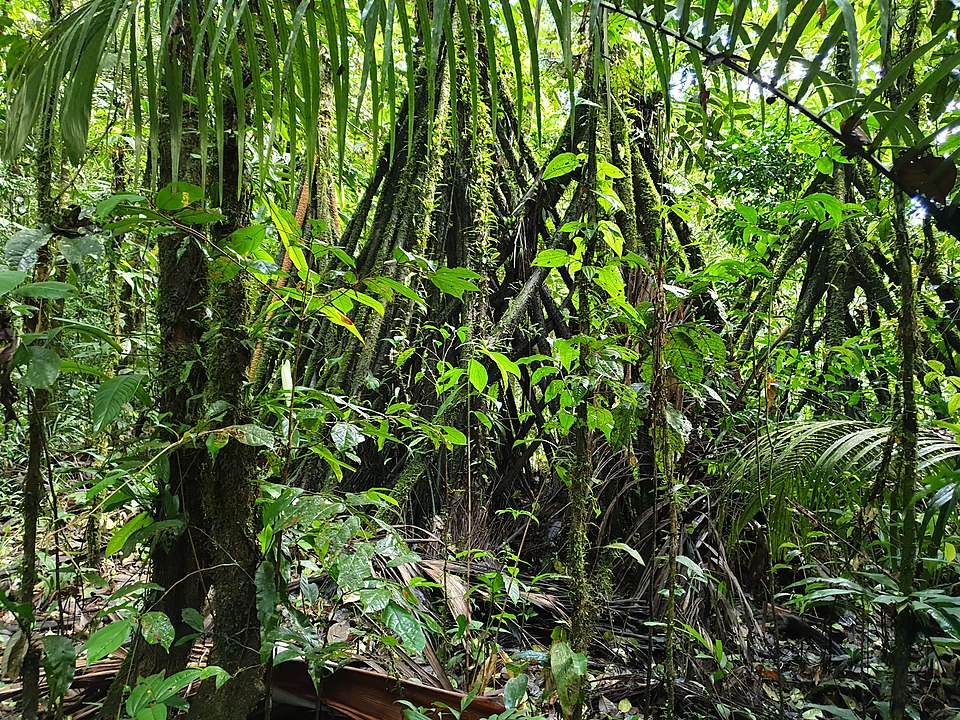
You must have heard of the Amazon rainforest. It’s the largest one on Earth. It covers 5.5 million square kilometers (2.1 million square miles). The river flows through this huge forest, and it is home to an incredible diversity of wildlife, including thousands of plant species, exotic birds, insects, and unique animals like jaguars and sloths.
8. Gigantic Arapaima Fish
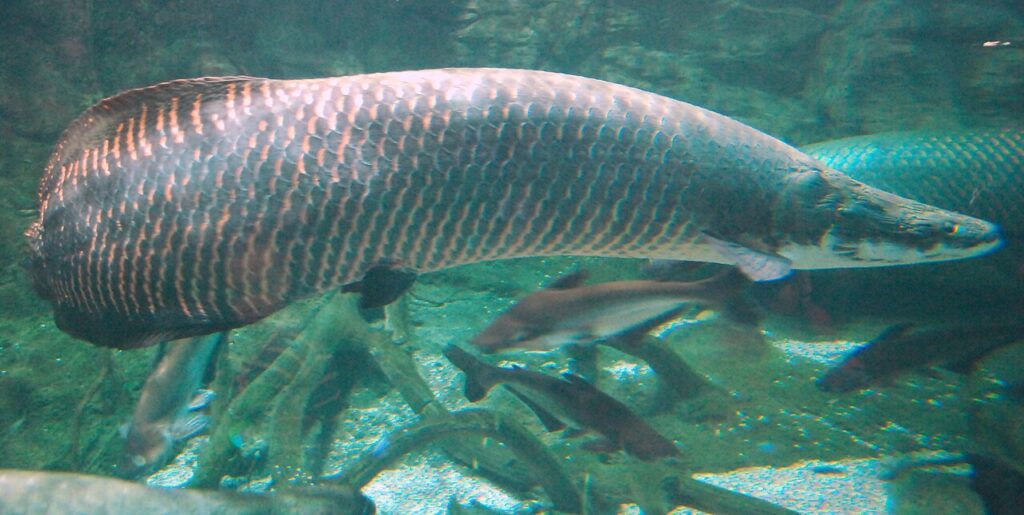
We also have the gigantic arapaima fish in the Amazon River. It is one of the largest freshwater fish in the world. Arapaimas can grow up to 10 feet (3 meters) long and weigh as much as 485 pounds (220 kilograms). They are super impressive!
They have sleek, torpedo-shaped bodies covered in large, thick scales that protect them from predators. Arapaimas are air-breathing fish and surface every 15 to 20 minutes to gulp air.
9. Ancient Underwater Ruins
Over time, researchers have discovered a huge ancient city. Hidden by vegetation for thousands of years, it was found in eastern Ecuador. This ancient city had houses, plazas, roads, and canals.
Built around 2,500 years ago, it housed tens of thousands of people. The discovery challenges the belief that Amazonian people lived only in small settlements.
10. No Bridges
The Amazon River has no bridges despite being more than 4,300 miles long. It is mainly due to its immense width and challenging terrain.
In some places, the river stretches up to 6 miles (10 kilometers) wide and makes bridge construction technically difficult and economically unfeasible.
11. Second Amazon River
Beneath the Amazon River lies a hidden river known as the Hamza River. Discovered through studies of subterranean water flow and geophysical surveys, the Hamza River flows about 4 miles (6 kilometers) below the Amazon.
It mirrors the Amazon’s path and is named after the Brazilian scientist who first identified it. This underground river is not visible from the surface but influences groundwater and regional geology.
12. Over 100 Dams
As per a 2018 study, it was seen that the Amazon River houses more than 142 dams. And more than 160 are in the pipeline.
These dams have been known to provide hydroelectric power, which is an eco-friendly method of power generation. That said, they pose a threat to biodiversity and disrupt the natural flow of the river. These dams affect fish migration as well.
Now is the time to balance energy needs with environmental conservation.
Conclusion
The facts were indeed fascinating, weren’t they?
However, we need to understand that the Amazon River and its rainforest are crucial for our planet.
From supplying oxygen to helping regulate the climate, we must protect it from deforestation and pollution to ensure a healthy environment for future generations.
Now is the time to act and protect!

Prachi, an accomplished Chief-Editor at The Sustainable Brands Journal, has 15+ years of experience in Europe, the Middle East, and India, managing 90+ global sustainable brands. She’s a prolific writer in sustainability, contributing to various publications. Prachi’s unwavering passion and expertise make her a recognized authority, driving positive change and inspiring a sustainable future.





